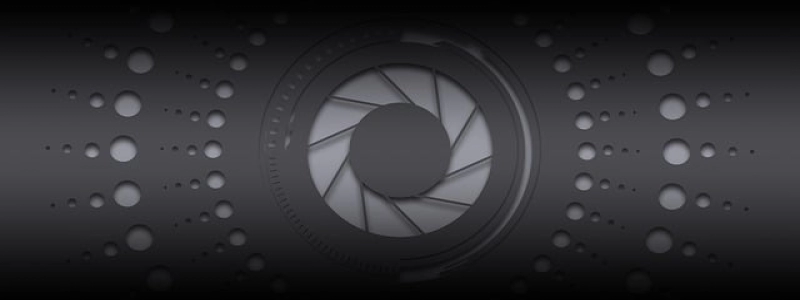Wi-Fi vs Ethernet: A Detailed Comparison
Introduktion:
In this digital age, internet connectivity plays a vital role in our daily lives. Whether it’s for work or leisure, we rely heavily on a stable and reliable internet connection. Two commonly used methods for connecting to the internet are Wi-Fi and Ethernet. I den här artikeln, we will explore the differences between these two technologies and discuss their advantages and disadvantages.
jag. Wi-Fi:
Wi-Fi, short for Wireless Fidelity, is a wireless networking technology that allows devices to connect to the internet without the need for physical cables. It utilizes radio waves to transmit data between devices.
Advantages:
1. Convenience: Wi-Fi provides users with the freedom to connect multiple devices to the internet without the need for additional cables. This means you can use your smartphone, laptop, tablet, and other Wi-Fi-enabled devices simultaneously.
2. Mobility: With Wi-Fi, you can move around freely within the range of your Wi-Fi router without losing internet connectivity. This is particularly beneficial for those who like to work or surf the web from different areas of their home or office.
Disadvantages:
1. Signal Interference: Wi-Fi signals can be affected by various factors such as walls, furniture, and other electronic devices. This interference can lead to a weak or unstable connection, resulting in slow internet speeds or even dropped connections.
2. Security: Wi-Fi networks are more vulnerable to security threats compared to wired Ethernet connections. Without proper security measures, unauthorized users may gain access to your network, potentially compromising your personal information.
II. Ethernet:
Ethernet, å andra sidan, is a wired networking technology that uses cables to establish a connection between devices and the internet. It has been widely used for decades and is often considered a more reliable option.
Advantages:
1. Stability: Ethernet connections offer a more stable and consistent internet connection compared to Wi-Fi. Since data is transmitted through cables, it is less susceptible to interference and external factors.
2. Speed: Ethernet connections are generally faster than Wi-Fi connections. This makes Ethernet ideal for activities that require high bandwidth, such as online gaming or streaming high-definition videos.
Disadvantages:
1. Limitations on Mobility: Unlike Wi-Fi, Ethernet connections require physical cables. This limits your ability to move around freely while staying connected to the internet. You will need to be in close proximity to the Ethernet port or use cable extensions.
2. Installation Complexity: Setting up an Ethernet connection may require professional assistance, especially if you need to install cables throughout your home or office. This can be time-consuming and costly compared to the simplicity of setting up a Wi-Fi network.
Slutsats:
When it comes to choosing between Wi-Fi and Ethernet, it ultimately depends on your specific needs and preferences. Wi-Fi offers convenience and mobility, while Ethernet provides stability and speed. If you prioritize a reliable and fast connection for activities like gaming or streaming, Ethernet might be the better option. On the other hand, if you value flexibility and the ability to connect multiple devices without cables, Wi-Fi is the way to go. Ultimately, a combination of both technologies may offer the best of both worlds, allowing you to enjoy the benefits of each in different scenarios.








